Bringing your pet to work day may have once been a novel idea, but there’s mounting evidence to say that pet friendly workplaces could be the way forward.

April 30th, 2021
Speculation about what the office of the future might look like, behave and need from us as designers has dominated much of the conversation amongst the A&D industry as of late. For the most part, the forecasts feel fitting like a natural, if mildly accelerated, evolution of the workplace as it was. A potential rise in pet friendly workplaces, however, is one that’s come from a little left of field.
Despite the obvious, albeit erroneous, arguments against pet friendly workplaces that you’ve no doubt heard—“they’ll distract from work” or “what about work health and safety?”—and perhaps have shared, one needn’t search far to find testament to the benefits animals can bring to an office environment, as well as everyone in it. Ask anyone who does/has/wants to work in a pet friendly office and you’ll find the vast majority, pet owners or not, will vouch vocally, with the exception of just a few.
Anecdotes aside, the empirical evidence available is plentiful too, and some of the benefits identified by the research might surprise you. For instance, the presence of pets at work has been shown to not only improve mental health, but to even lower blood pressure and enhance team rapport, too. For pet friendly employers there’s even more good news, with numerous studies reporting it to prove an invaluable factor when it comes to attracting and retaining talent.
All this was known prior to the COVID spanner being thrown in the works. And the demand for pet friendly workplaces has only escalated since then, so the evidence says.
Uber was startled by its own data when the reality of user behaviour proved its initial expectations wrong about when/how its Uber Pet service would get the most use.
“When we launched Uber Pet, we really expected it to be something people used mainly on weekends,” says Amanda Gilmore, who heads up the Driver side of things for Uber in Australia and NZ. “To see now that 20% of Uber Pet trips are happening during the weekday commute was really startling.”
With the rate of animal adoption in Australia reported to have skyrocketed during the isolation period, and a survey conducted by Banfield Pet Hospital finding that 35% of pet owners have feelings of anxiety and/or guilt about leaving their pets at home since being back at work, perhaps it’s time to give gravitas to incorporating pet friendliness into our office fit outs.
From far and wide, here are 10 pet friendly workplaces that deserve kudos for their distinctive, highly resolved designs.
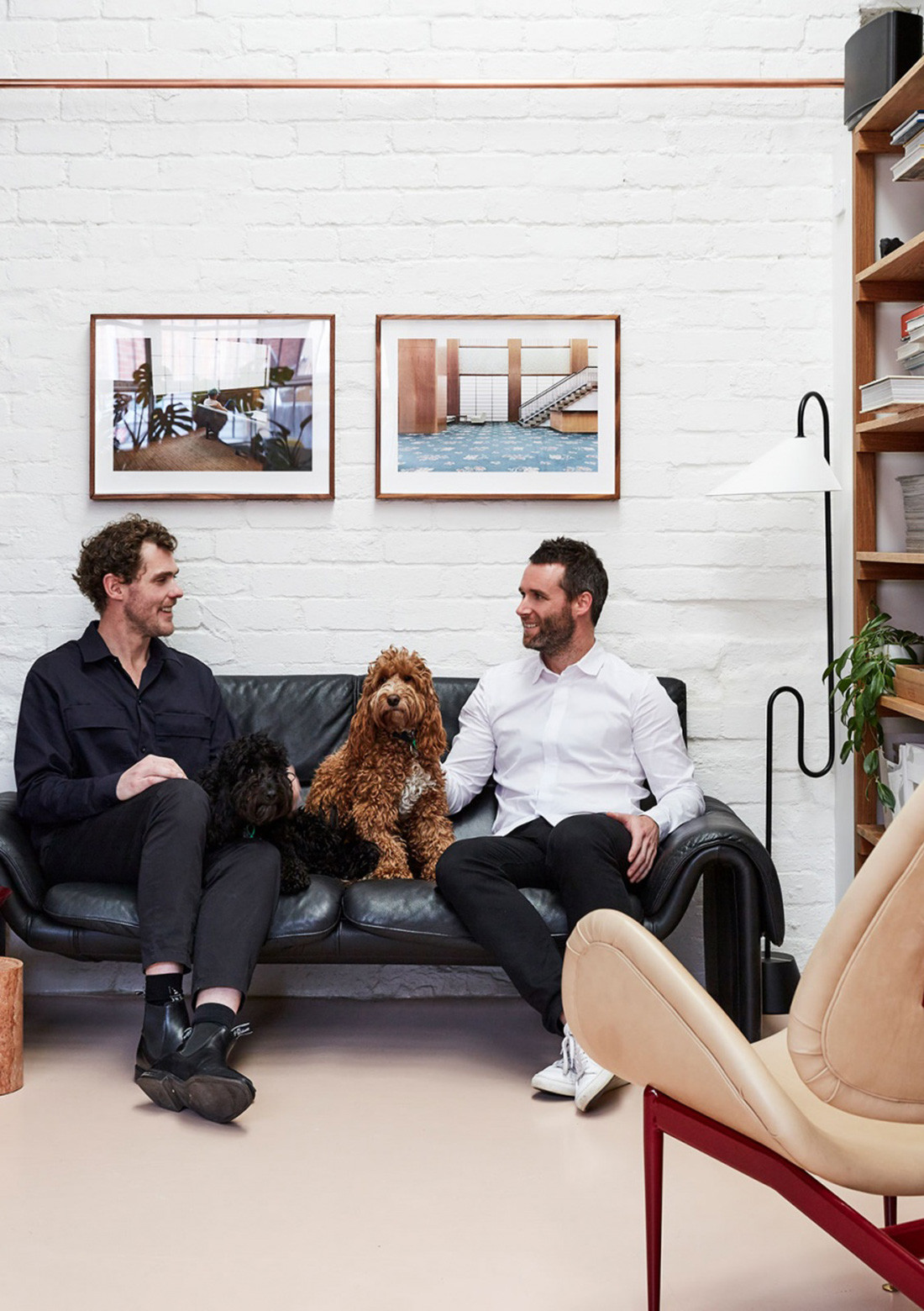
Workplace typology: Design studio
Who works here? Flack Studio, based in Melbourne, is one of Australia’s leading contemporary design practices, headed up by David Flack.
About the space: In tackling the design of his studio space, David Flack went down the proverbial ‘rabbit hole’, constructing a working model of his own inner workings. For his team and clientele, the studio is a deep dive into an immersive world of design – and all of Flack’s own making. Read more.


 Photography by Sharyn Cairns
Photography by Sharyn Cairns
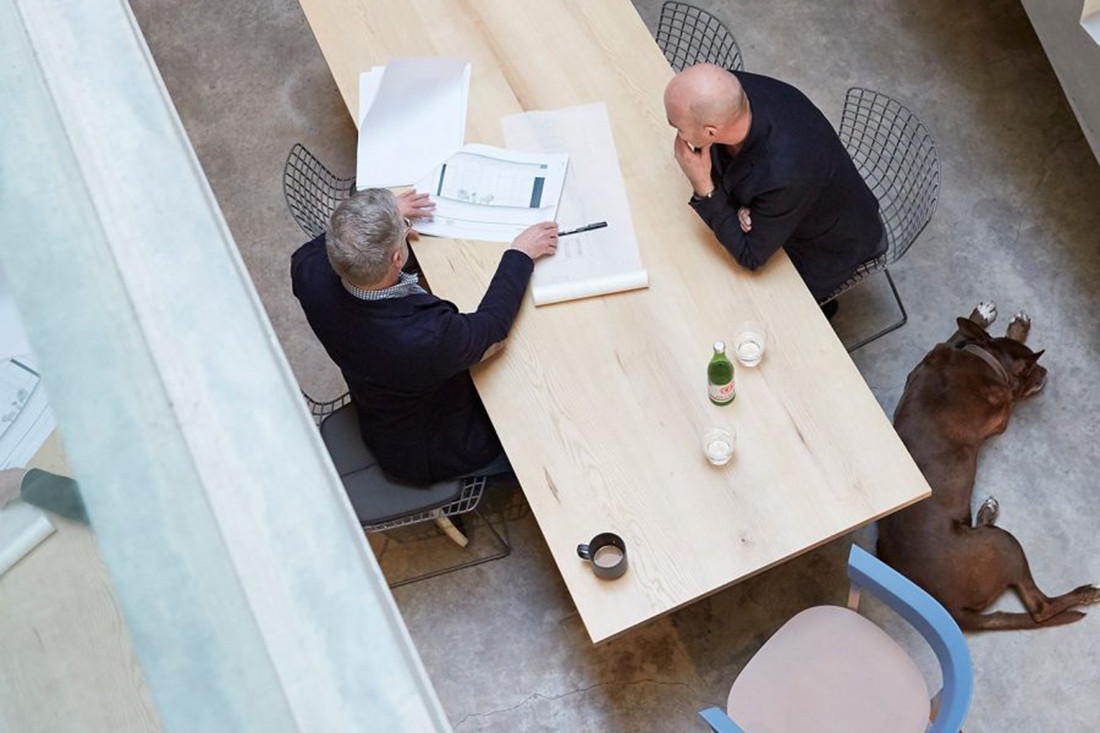
Workplace typology: Design studio
Who works here? Hecker Guthrie, based in Melbourne, is one of Australia’s leading design practices undertaking projects, in the hospitality, residential, retail and commercial sectors, both here and abroad.
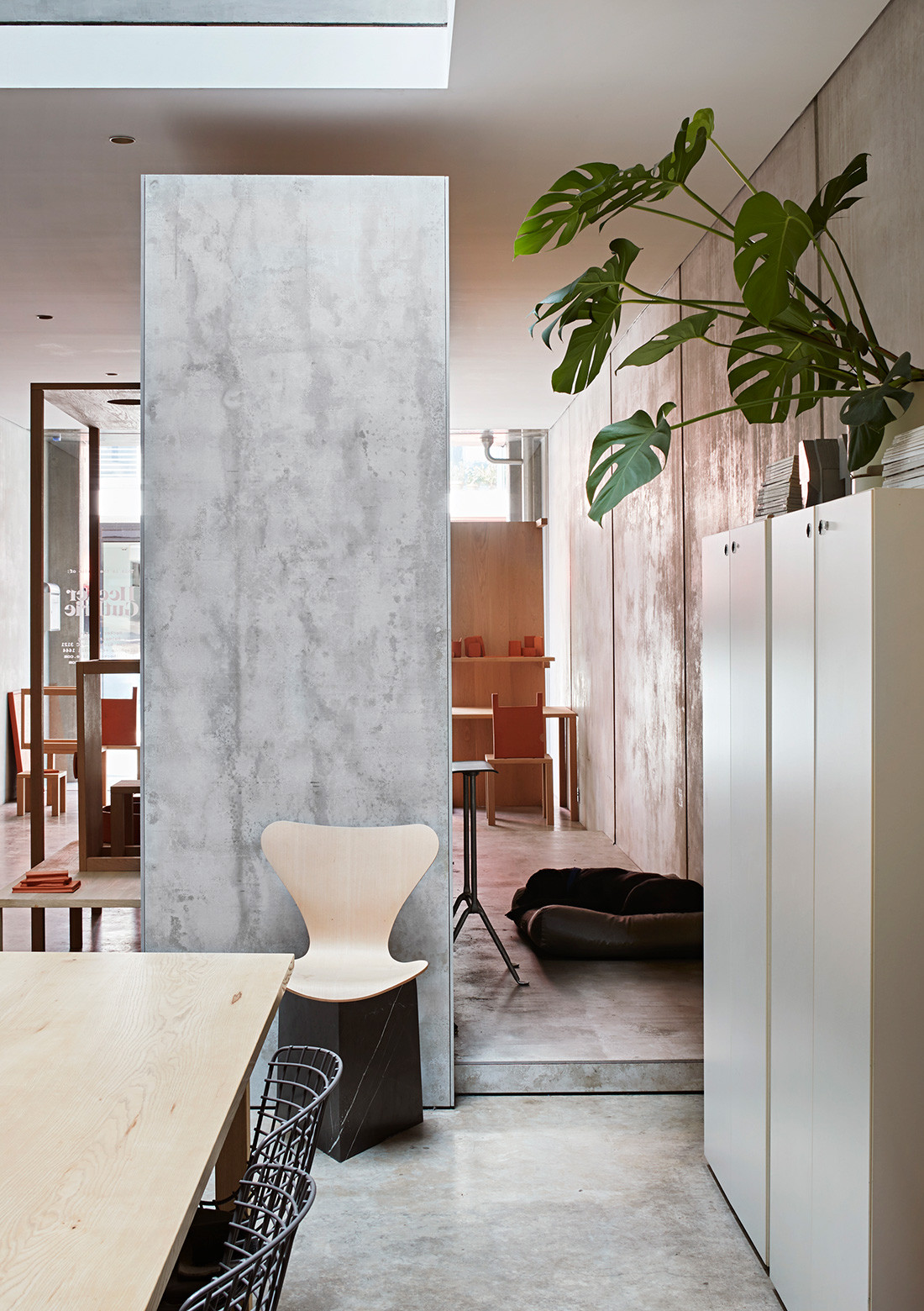

 Photography by Shannon McGrath
Photography by Shannon McGrath

Workplace typology: Head office
Who works here? BARK, based in Columbus, Ohio, is the company behind BarkBox, an online subscription service that issues themed boxes of all-natural treats and clever toys, shipped monthly to over 1 million subscribers.
About the space: With a rapidly growing customer service “Happy Team,” dog product company BARK enlisted NBBJ to design its new tenant space at Columbus’ newest mixed-use development, Gravity. Designed to withstand dirty paws and unplanned accidents, BARK’s office houses themed conference rooms, workspaces and commemorative toy-lined walls that foster an authentic and engaging workplace.



Workplace typology: Co-working space
Who works here? Guild offers smaller tenancies suited to arts organisations and creative practitioners.
About the space: Creative Spaces transformed over 1000m2 of vacant retail space into a diverse collection of arts spaces in the heart of Melbourne’s arts precinct. Demonstrating how space can be repurposed to meet demand for smaller arts spaces in a neighbourhood defined by major arts venues, Guild offers smaller tenancies suited to arts organisations and creative practitioners. Read more.



Workplace typology: Head office
Who works here? PetSure, based in the North Sydney suburb of Chatswood, is a provider of pet insurance, owned by parent company Holland Insurance.
About the space: The Bold Collective was appointed to design PetSure’s new pet friendly workplace on levels 1-2 of the building that houses the headquarters of Holland Insurance. The brief included an interconnecting stair to create greater connectivity across the business units. The Bold Collective saw this as an opportunity to design a collaborative tiered seating amphitheatre for all staff presentations & informal meetings. Further, PetSure recognised a need for multiple collaborative meeting spaces and identified most meetings did not require isolation which allowed for a number of open informal meeting booths, high benches & brainstorming areas. Other fun elements include kennel inspired meeting spaces, oversized environmental pet graphics & locker fronts, cat enclosures & a pet lounge area.
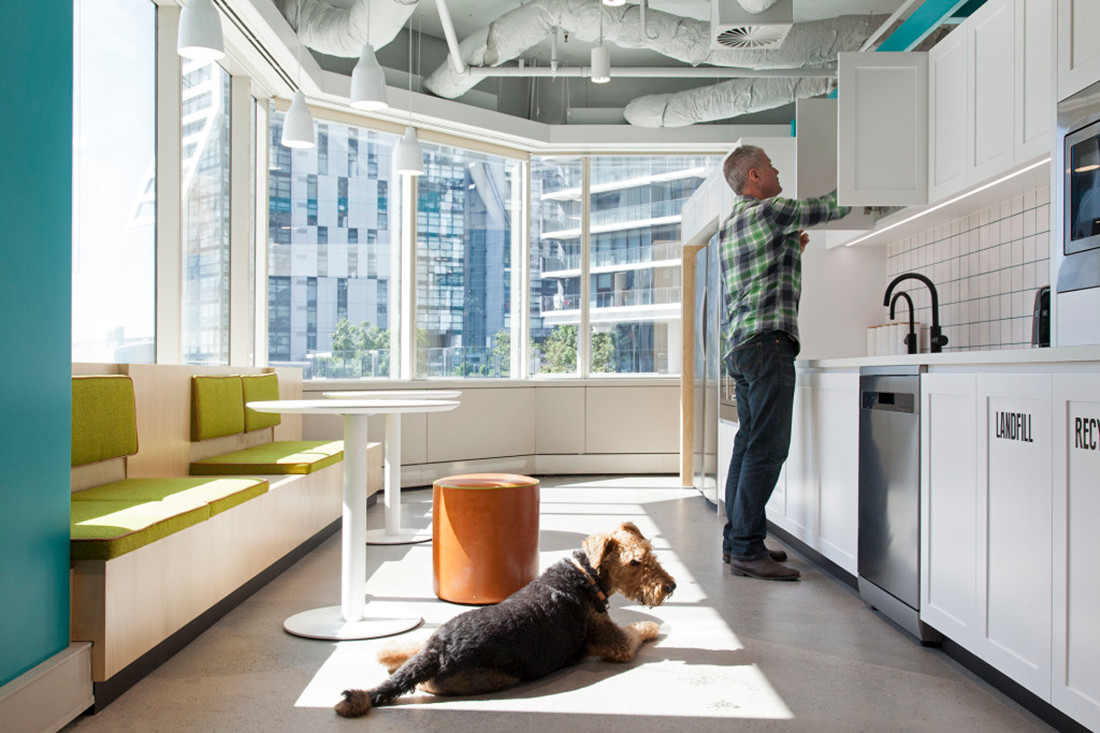
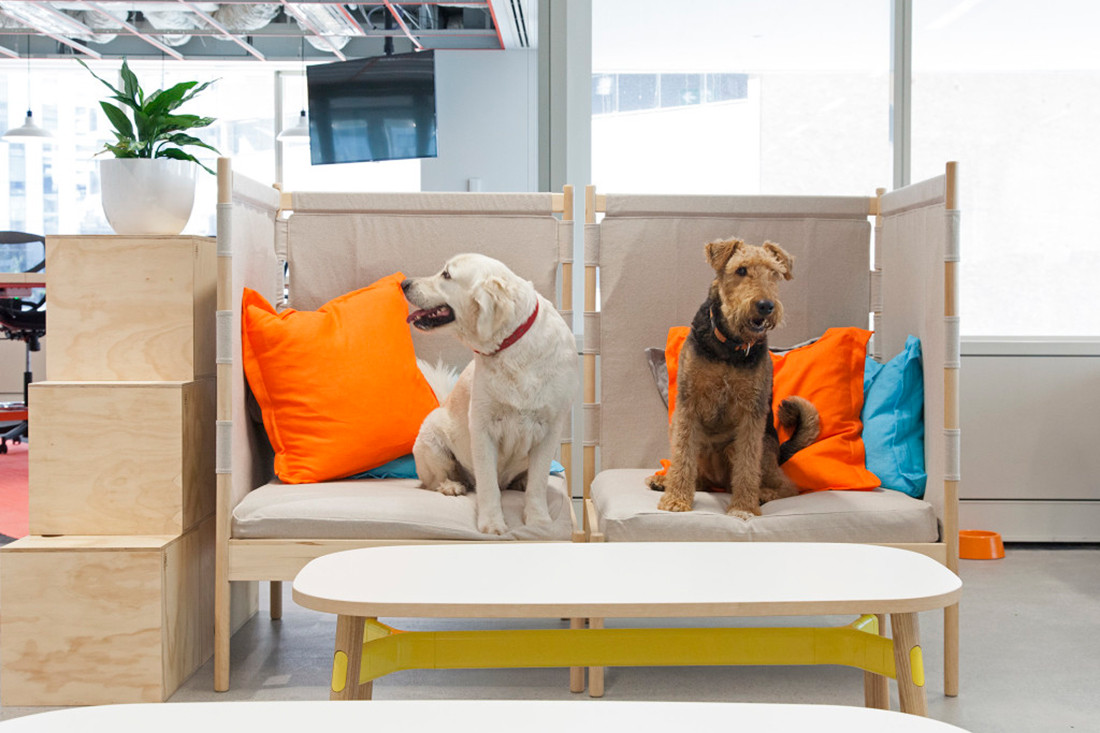

Workplace typology: Studio/showroom
Who works here? PSLab is a lighting company, based in Beirut, who use this space in London to exhibit and explain light and optics to its (potential) clientele, and a workplace for its London team.
About the space: UK-based design practice, JamesPlumb, designed the space intent to make the Beirut-born team feel ‘at home’, and to cater for diverse preferences in modes of work.“There is no one-size-fits-all way for how people work at their best,” the designers comment. “Everyone is different, and different roles require different atmospheres. Some people benefit from quiet and privacy to focus, others respond to interaction and connectivity – and most jobs need both at different times. Our fluid and flexible design has defined areas, yet functions overlap and merge. Almost every surface can serve multiple uses.” Read more.

 Photography by Rory Gardiner
Photography by Rory Gardiner

Workplace typology: Mixed-use commercial
Who works here? Compared with the common pet shop, Zero Pet Club is more like a social life club. The company offers various pet-related services, including behavioural training, insurance, photography, day care, retail, and more.
About the space: The project covers a total of 487 square meters. Pet rest rooms are separated by logs and glasses and signed at numbers in order to manage. Small sofa and bench can be mobile anywhere so that owners can sit at the front of the glasses to communicate with their pets, at the same time, they also wouldn’t disturb guests in other rooms.

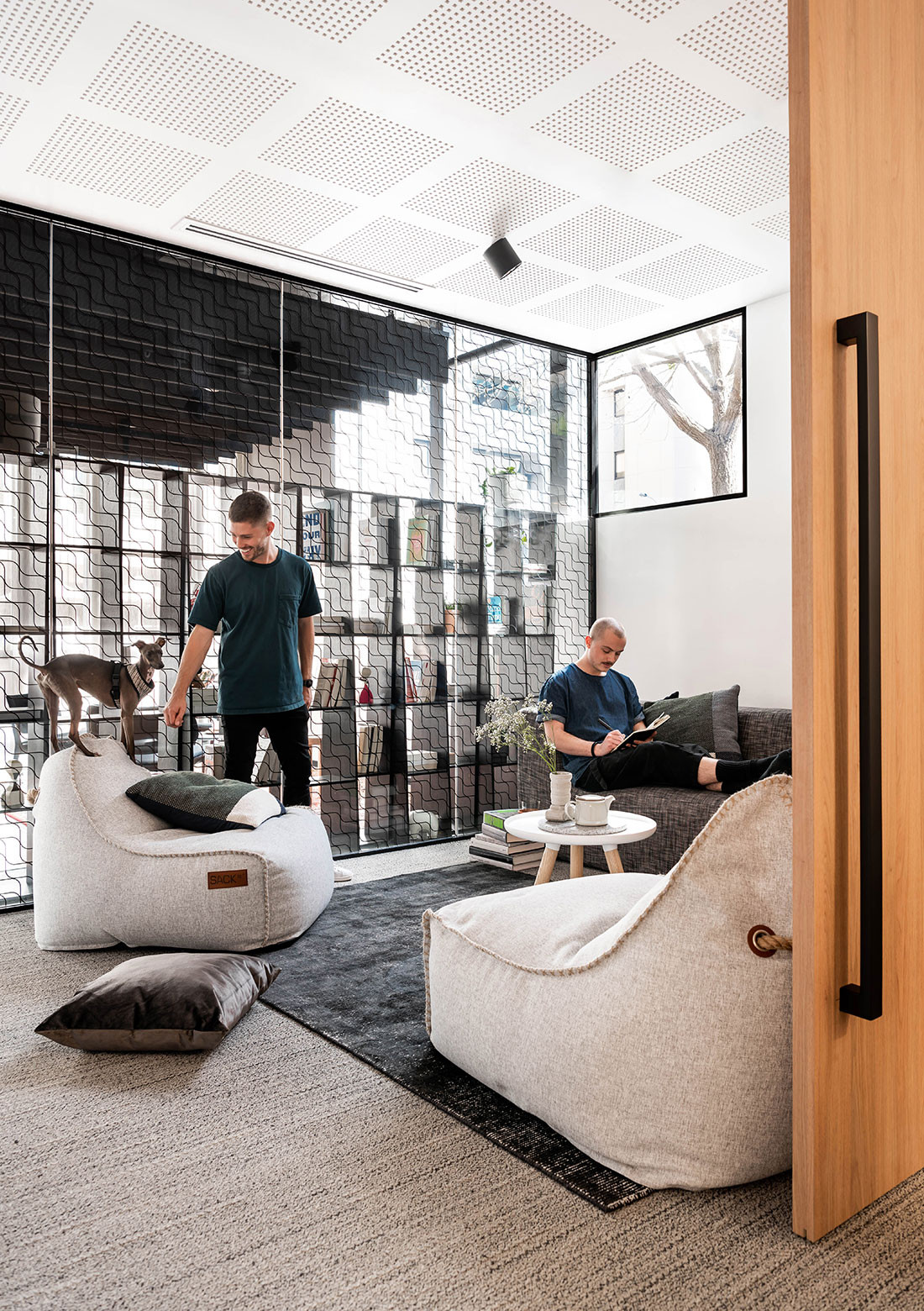
Workplace typology: Head office
Who works here? The Perth-based operations unit for the global tech-services giant, Uber.
About the space: Uber’s Perth headquarters (and its first Australian outpost), designed by Geyer, involved ‘de-corporatising’ the workplace by breaking down the traditional office environment in order to create flexibility. The scheme makes the most of an irregular floor plan by providing different settings, including small retreat spaces with hanging swing chairs and a meeting area that doubles as a dining room, all of which accommodate hybrid working practices, from autonomous research to group brainstorming.
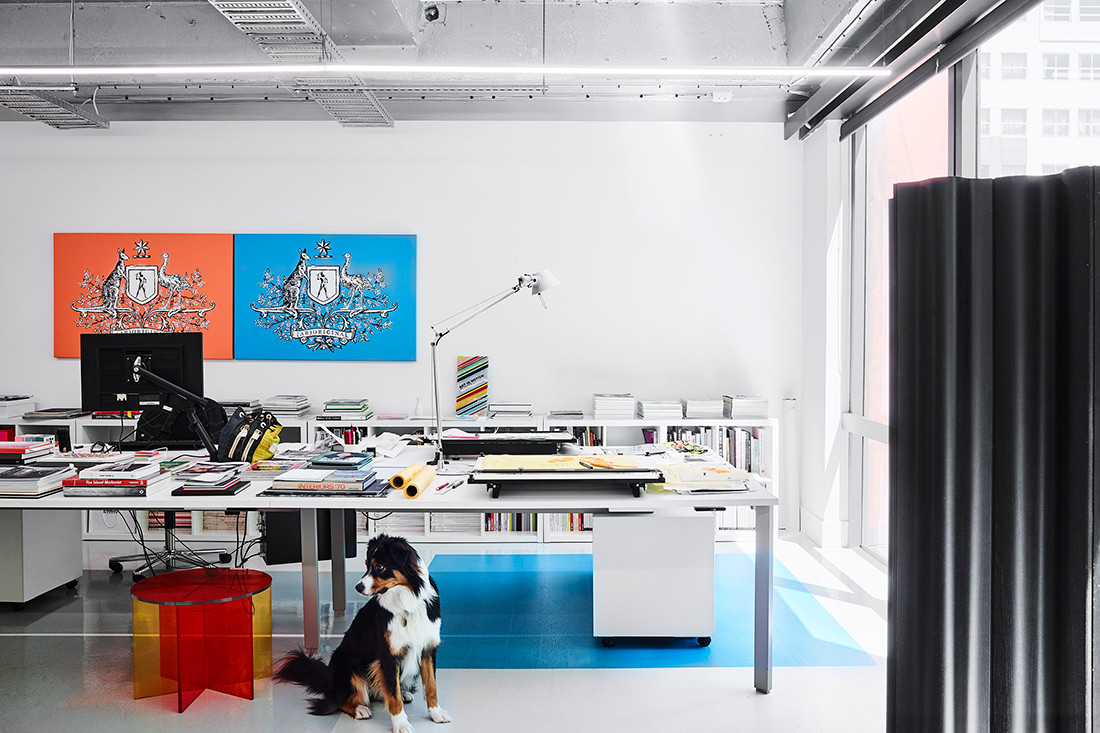
Workplace typology: Design studio
Who works here? The creative team of K.P.D.O. Interiors + Architecture, founded by Kerry Phelan.
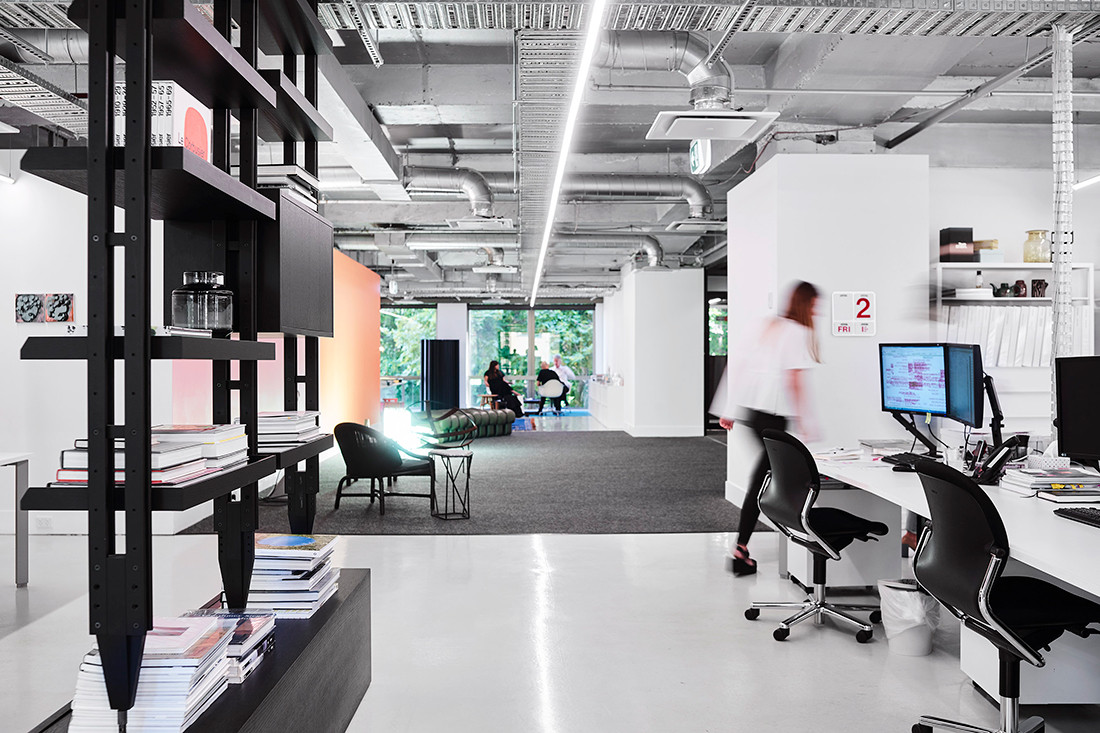
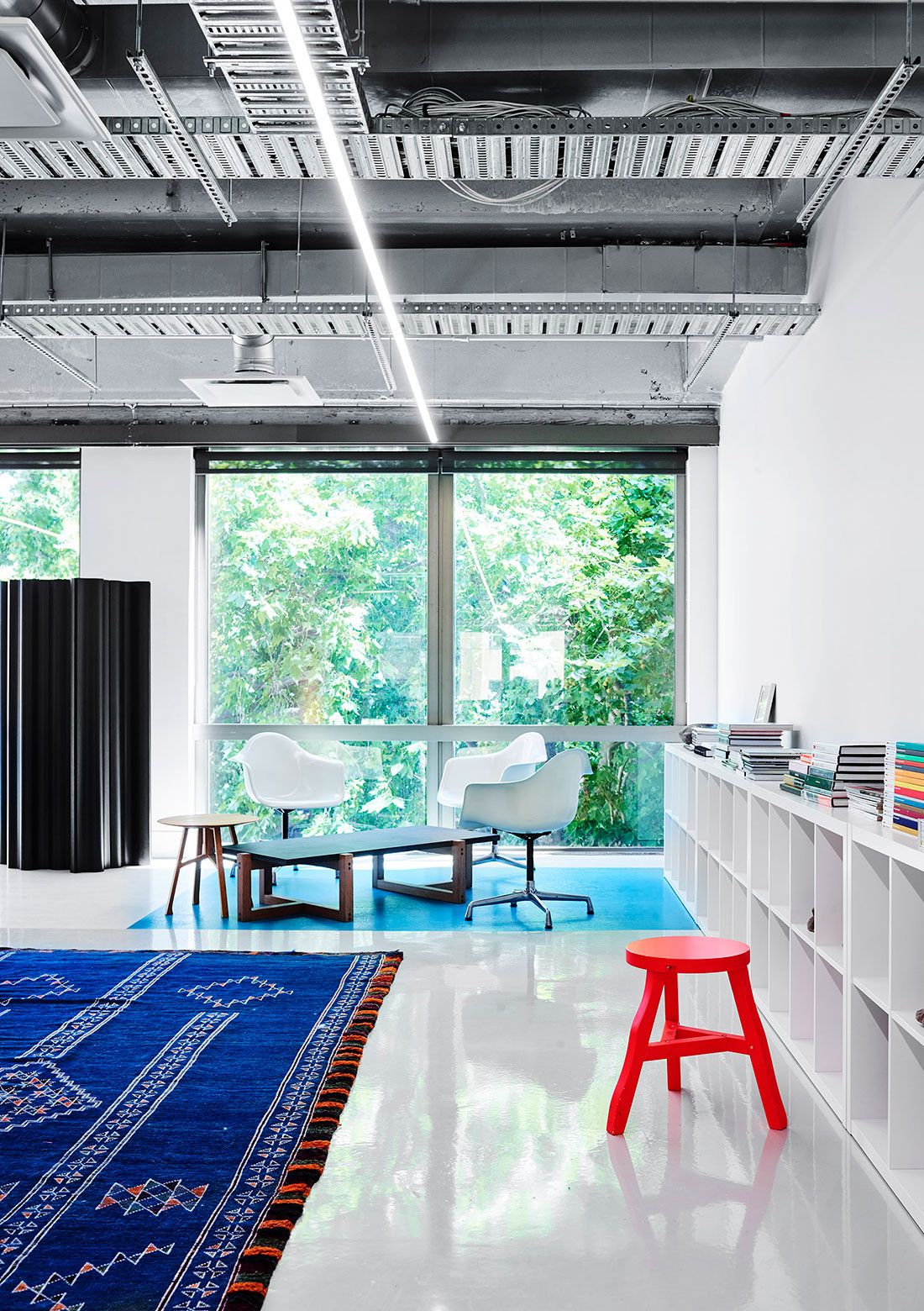
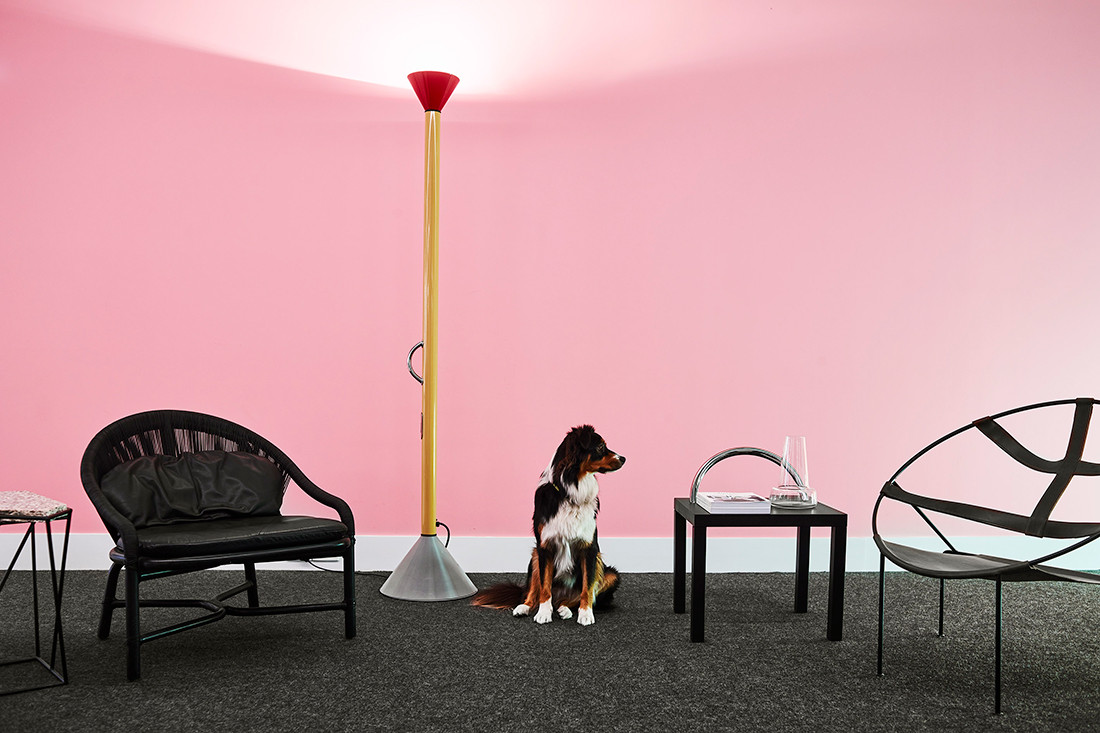

Workplace typology: Office (concept)
About the space: Mars Petcare Australia has released its vision of Australia’s ‘future workplace’ – a space designed to complement the needs of both people and pets. The renders have been created to help encourage Australian businesses to transition towards pet-friendly workplaces. Innovations include,“Not Pet” carpet – a textile innovation that uses a grate look fabric that is a deterrent to dogs; Calming plants – plants like Bergamot have been included throughout to help balance emotions by soothing panic and snappiness; and LED lights – under desk LED lighting technology has been implemented to help disinfect any bad smells.


A searchable and comprehensive guide for specifying leading products and their suppliers
Keep up to date with the latest and greatest from our industry BFF's!

Vert, an innovative demountable pergola designed for urban greening, is reshaping the way we think about sustainability in urban architecture.

Elevate any space with statement lighting to illuminate and inspire.

XTRA celebrates the distinctive and unexpected work of Magis in their Singapore showroom.

Within the intimate confines of compact living, where space is at a premium, efficiency is critical and dining out often trumps home cooking, Gaggenau’s 400 Series Culinary Drawer proves that limited space can, in fact, unlock unlimited culinary possibilities.

The art program for the large commercial project at 130 Little Collins Street showcases a collection of 11 works from two local and five international artists.

At the heart of this workplace design for Richard Crookes Constructions’ (RCC) is a visual and functional anchor that houses collaborative and utility areas, ensuring adaptability for future demands.
The internet never sleeps! Here's the stuff you might have missed

Australia’s only not-for-profit architectural practice, OFFICE, is supporting the residents of Victoria’s housing estates in their fight to save their homes and communities.

Architectus has designed new interiors for Allianz with an astute understanding of the modern workplace, where architecture, nature and technology converge to create an agile environment.